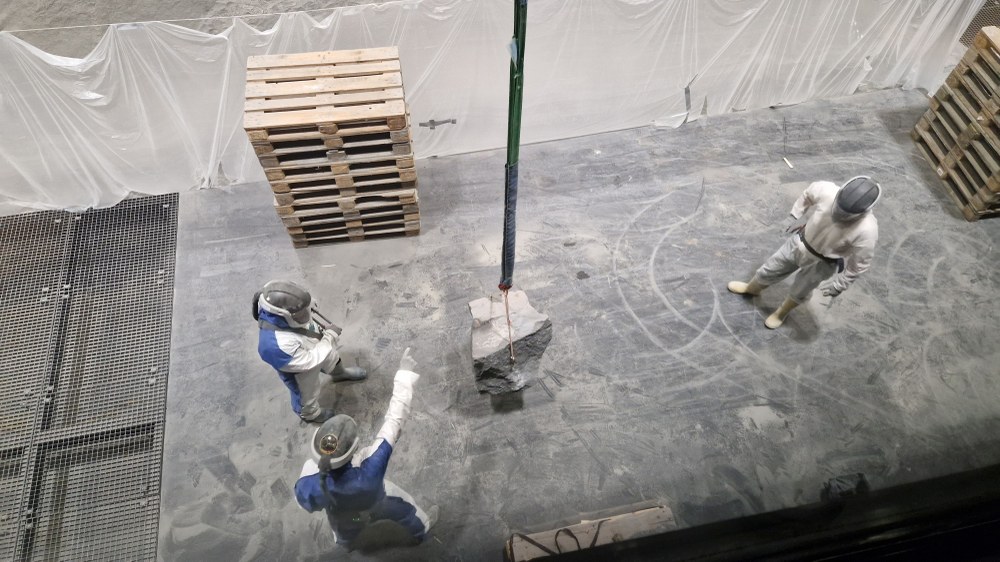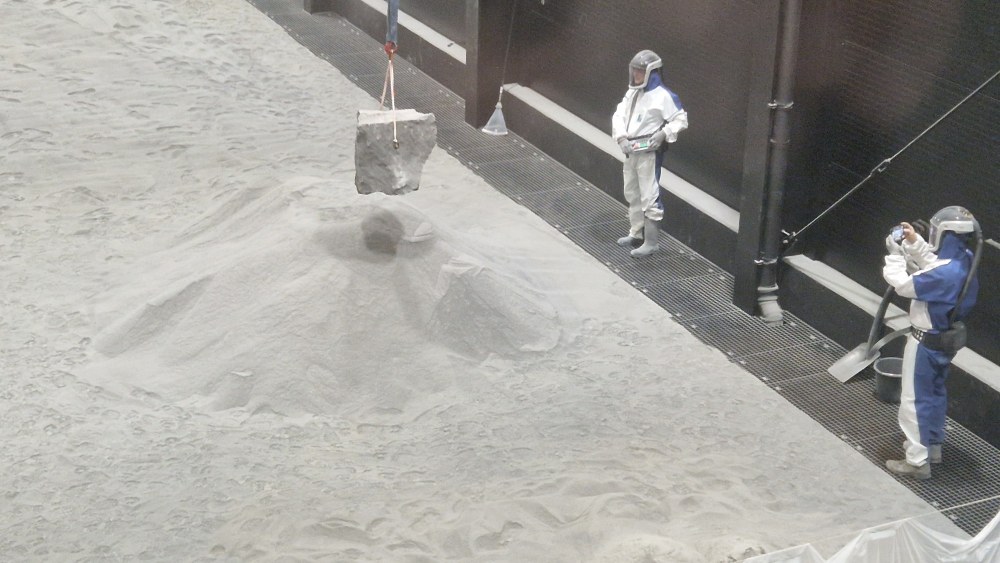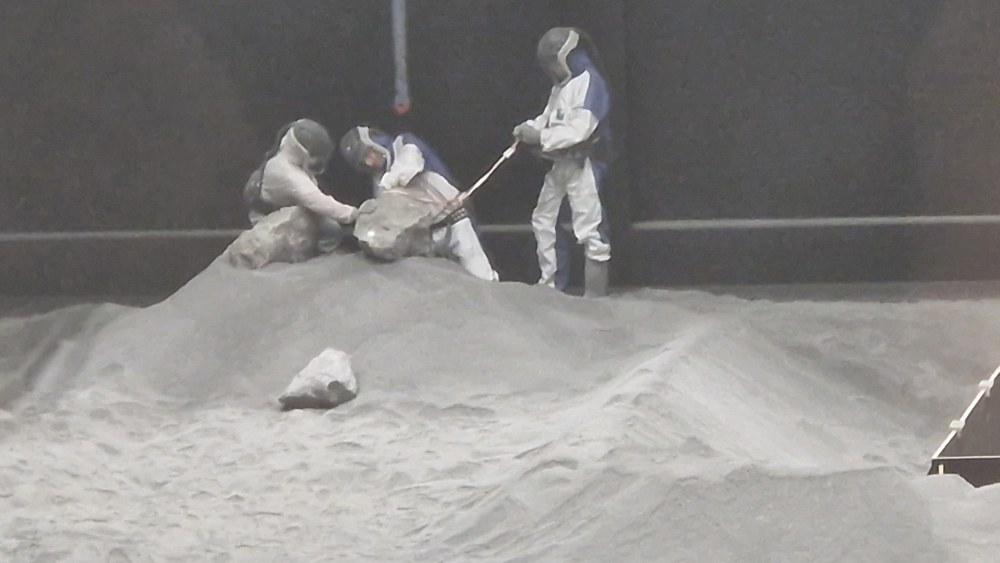Lunar geology in the LUNA Hall: the road is getting rocky...
My six-year-old son sometimes sneaks into my office very carefully to admire the 'huge' collection of stones that I have kept from my childhood. An amethyst, an agate, a salt crystal that you can even lick, an ammonite, and a few other 'jewels'. At the time, I thought I was an expert – until I wanted to put my knowledge on more solid footing and saw in a geology textbook how much a real geologist needs to know; about chemical compounds, different atomic arrangements and crystal structures, and just how many different oxides, sulphates and silicates exist.
That's when I stopped handing out my self-stamped business card with the details 'Astro/Geo/Speleo (cave research)'. Now, I envy the real geologists. How interesting it must be for them to walk along the lakeside, where every stone tells the story of its origin, denotes a geological epoch and provides information about the mountain range on the horizon from which it most probably originated.
A special branch of geology is the study of rocks from other planets or the Moon. On the Moon, a large group of rocks is completely absent that can be found in abundance on Earth: the sedimentary rocks limestone and marble are just two examples. Such sedimentary rocks are formed when weathering by-products such as lime or clay are deposited and solidify. However, these processes do not occur on the Moon. Instead, there is continuous, unfiltered solar and particle radiation – a permanent shower of cosmic projectiles that continuously pulverise its surface. Lunar 'geo'logy is therefore very different to geology on Earth.
For LUNA, we set up a team of experts to find Moon-like rocks on Earth to enrich the artificial lunar surface in our analogue facility. They travelled to volcanoes in Italy, Norway and the Nördlinger Ries and put together a beautiful collection – much larger than my private collection, but not quite as colourful and glittering.
This week, the collected material will be viewed, photographed and catalogued in our LUNA preparation room: we want to be prepared for all future scientific campaigns in the LUNA hall, and able to place the 'right’ stones on our lunar surface, if necessary.
We will then place the stones directly in the hall. Everyone is now wearing full-body protective equipment, as the fine regolith dust is not particularly pleasant in the eyes or lungs. In the meantime, all we have to say is: our lunar surface is grey, dusty, dark – and now also very impassable because of all the stones!
Tags:





